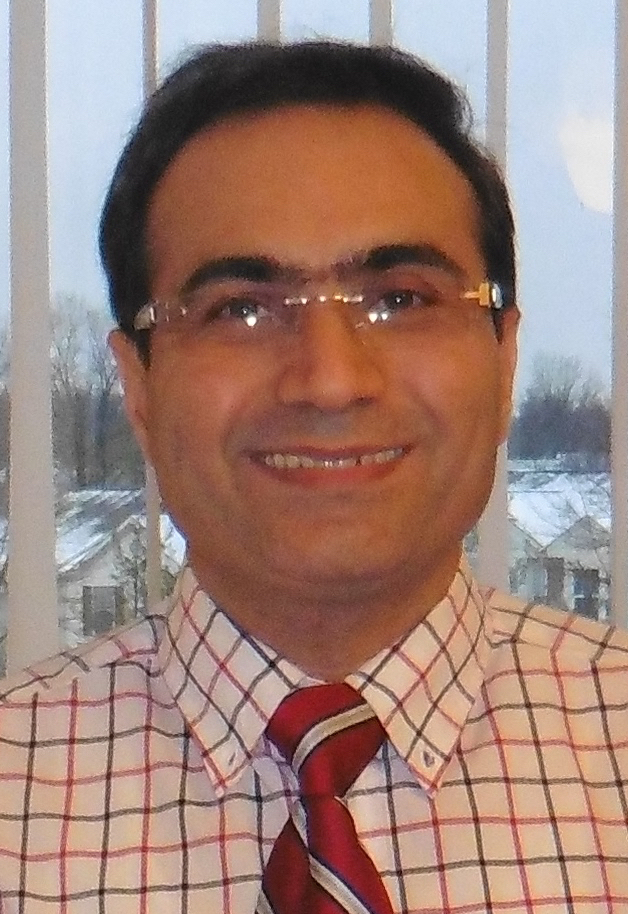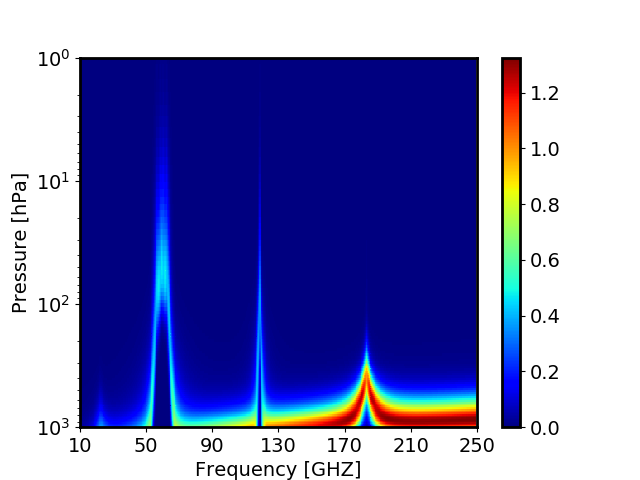 Traditional earth-observing microwave instruments utilize heterodyne receivers for measuring the radiance emitted by the earth and its atmosphere. These instruments which indirectly measure atmospheric temperature, water vapor, clouds, as well as surface information, have played an important role in improving the NWP weather forecasts and reanalyses, such as MERRA generated by GMAO. However, because of limitations in current microwave technologies in simultaneously processing an ultra-wide band (20-200 GHz) at high spectral resolutions, the number of channels for the current microwave instruments is very limited (e.g., 22 channels for ATMS and less for most other MW instruments).
Traditional earth-observing microwave instruments utilize heterodyne receivers for measuring the radiance emitted by the earth and its atmosphere. These instruments which indirectly measure atmospheric temperature, water vapor, clouds, as well as surface information, have played an important role in improving the NWP weather forecasts and reanalyses, such as MERRA generated by GMAO. However, because of limitations in current microwave technologies in simultaneously processing an ultra-wide band (20-200 GHz) at high spectral resolutions, the number of channels for the current microwave instruments is very limited (e.g., 22 channels for ATMS and less for most other MW instruments).
ESSIC/CISESS Research Scientist Isaac Moradi is a co-investigator of a proposal selected by NASA Instrument Incubator Program (IIP) that proposes a new and breakthrough technology that can overcome the limitations in spectral resolution (number of channels) for microwave instruments. The proposed technique is based upon photonic signal processing techniques enabling up-conversion of a microwave signal to an optical carrier. The resulting instrument entitled Hyperspectral Microwave Photonic Instrument (HyMPI) yields a low mass, low power, high spectral resolution and wide band instrument. HyMPI not only can measure the MW signal at much higher spectral resolutions (meaning many more spectral channels), but also can yield much higher spatial resolutions required for some initiatives such as measuring Planetary Boundary Layer.
Moradi’s contribution to HyMPI include, but not limited to, providing expertise on microwave radiative transfer modeling, generating transmittance and cloud coefficients required by Community Radiative Transfer Model (CRTM), providing expertise on performing all-sky radiative transfer calculations using CRTM, generating synthetic OSSE observations using the state-of-the-art package, and performing all-sky data assimilation using HyMPI synthetic observations and GMAO/NASA GEOS system.

Moradi joined Earth System Science Interdisciplinary Center (ESSIC), University of Maryland in 2011. His research is focused on microwave remote sensing including, calibration and validation of satellite microwave observations, retrieving geophysical variables from satellite microwave measurements, microwave radiative transfer modelling, assimilation of all-sky microwave observations into NWP models, and Observing System Simulation Experiments (OSSE). He is affiliated with NASA Global Modelling and Assimilation Office (GMAO) and NOAA Center for Satellite Applications and Research (STAR).






